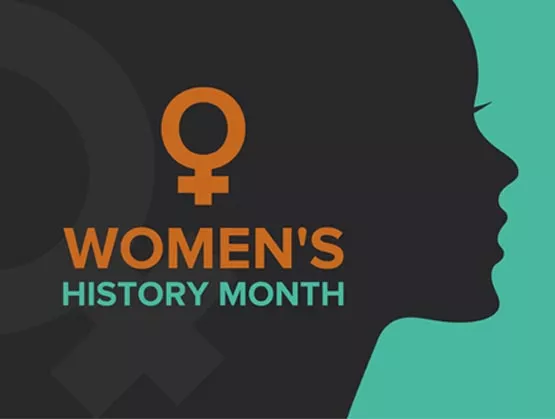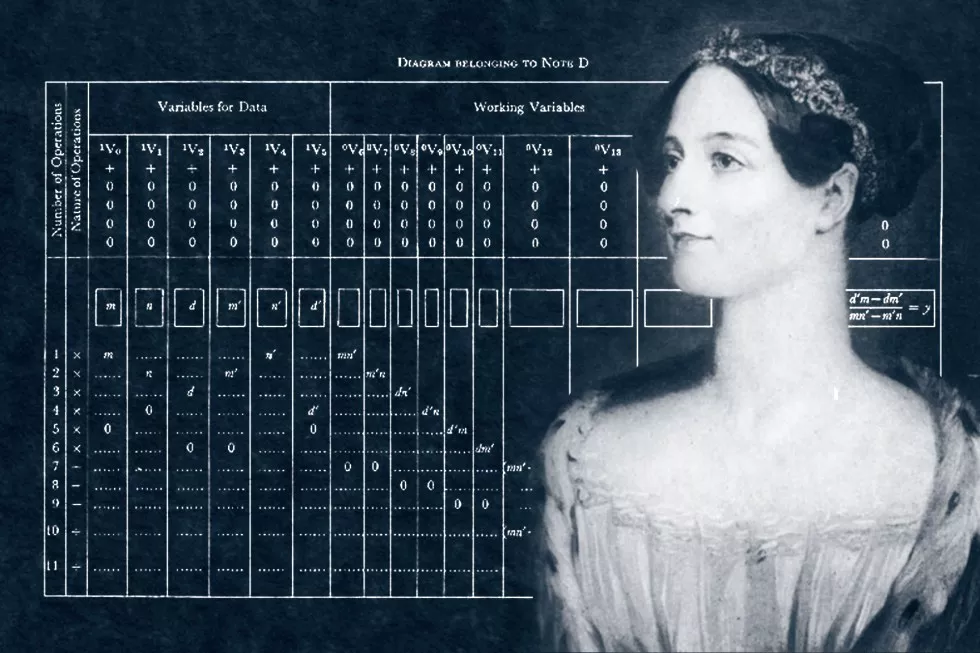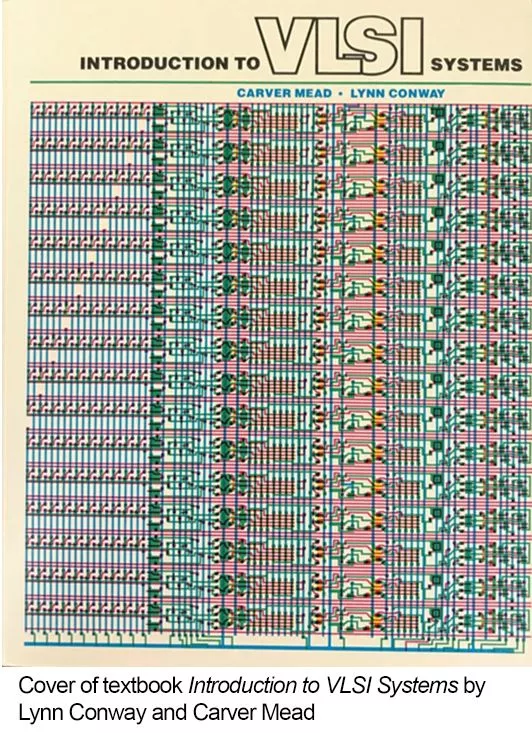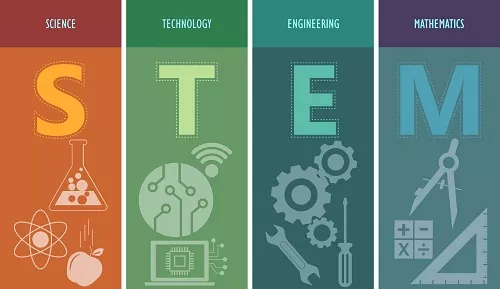
Fairfax County, Virginia, home of the Thomas Jefferson High School for Science and Technology, is a magnet school consistently ranked #1 or #2 among public high schools in the United States. TJ, as it’s known locally, attracts some of the brightest students from across Northern Virginia.
However, the school recently made news not because of its many academic accolades, but for what its teaching lacked: diversity and inclusion. An op-ed penned by a female student questioned why women were either missing or given short shrift in her history text books.
The lack of representation of women in the study of history is not unique to one high school. The problem extends to women in science, technology, engineering, and mathematics (STEM). When asked to name inventors, girls in a 2016 Microsoft ad campaign easily and predictably ticked off the names of male inventors, but when asked to name women, their faces went blank. While many pioneering women in STEM have made significant contributions to science and technology, they have not been given equal recognition for their work. Following is a short list of just some of the many women who have been trailblazers in STEM and had an impact on the microelectronics industry.
Ada Lovelace, creator of the first computer algorithm and the first female computer programmer, is one of the most recognized women in STEM. We have the work of Ada’s mother to thank for providing her daughter with expert tutors to teach her math and science at a time when women were not encouraged to pursue STEM. Yet, it took more than a hundred years for notes of her pioneering work from the 1700s to be rediscovered. Lovelace is now part of the pantheon of STEM pioneers, reaching new audiences via a recent episode of the British sci-fi series Dr. Who.

Ada Lovelace and early code she created
Beatrice Alice Hicks became the first female engineer employed by Western Electric. It was there that she invented a crystal oscillator, which generated radio frequencies. Later in her career, Hicks filed the U.S. Patent for a Gas Density Sensor. She co-founded the Society of Women Engineers (SWE) to support and expand the number of women in the field. SWE’s mission is to “empower women to achieve full potential in careers as engineers and leaders, expand the image of the engineering and technology professions as a positive force in improving the quality of life, and demonstrate the value of diversity and inclusion.”
Annie Easley began her career in the early 1950s when women in the U.S. were often hired human computers – so named because their math skills helped launch the digital age. Easley ran simulations at the Plum Brook Reactor Facility. When human computers were replaced by machines, she evolved along with the technology and went on to a successful career at NASA. There she developed and implemented code used in researching systems that conserve energy, including technology for early hybrid vehicles – and rockets!
 Lynn Ann Conway, a computer scientist, electrical engineer, and transgender activist, started her career at IBM computer architecture in the early 1960s. Later, she led the team at Xerox PARC, which transformed computer chip design, giving rise to novel technologies that became known as the Mead & Conway Revolution in very large scale integrated (VLSI) microchip design. Conway’s distinguished career also included work at the Defense Advanced Research Projects Agency (DARPA) before she became a professor of electrical engineering and computer science at the University of Michigan.
Lynn Ann Conway, a computer scientist, electrical engineer, and transgender activist, started her career at IBM computer architecture in the early 1960s. Later, she led the team at Xerox PARC, which transformed computer chip design, giving rise to novel technologies that became known as the Mead & Conway Revolution in very large scale integrated (VLSI) microchip design. Conway’s distinguished career also included work at the Defense Advanced Research Projects Agency (DARPA) before she became a professor of electrical engineering and computer science at the University of Michigan.
Uma Chowdhry left India in the early 1970s for the U.S., where she earned her master’s in engineering science. After earning a Ph.D. in materials science, she joined the DuPont company. Dr. Chowdhry developed ceramics that conduct electricity even better than metals do – materials known as superconductors. Today, the materials and technologies she created at DuPont are now part of photovoltaics, batteries, and fuel cells.
These are just a few of the women who have contributed to science and technology. To learn about women who are currently inventing and designing technology, see the Smithsonian exhibit #ifthenshecan, a collection of 120 3-D printed statues celebrating contemporary women innovators in STEM.
 At a time when the microelectronics industry is competing for talent, companies across the supply chain must understand that STEM talent needs to be nurtured across all gender identities. There need not be a shortage of diverse talent; we need only expand our view. When people see extraordinary leaders of their own cultural identity, it is much easier for them to imagine their own boundless capabilities. That’s why diversity and inclusion in the microelectronics industry at every level of management and leadership is so important. When girls and young women can hold up female leaders as role models, and feel welcome in STEM educational programs and careers, they’re more likely to become tomorrow’s scientists, engineers and inventors.
At a time when the microelectronics industry is competing for talent, companies across the supply chain must understand that STEM talent needs to be nurtured across all gender identities. There need not be a shortage of diverse talent; we need only expand our view. When people see extraordinary leaders of their own cultural identity, it is much easier for them to imagine their own boundless capabilities. That’s why diversity and inclusion in the microelectronics industry at every level of management and leadership is so important. When girls and young women can hold up female leaders as role models, and feel welcome in STEM educational programs and careers, they’re more likely to become tomorrow’s scientists, engineers and inventors.
Who are the women in your company or organization who have pioneered STEM in big and small ways? As we conclude the 44th anniversary of Women’s History Month, let’s recognize that not everything is man made.
Margaret Kindling is senior manager of diversity, equity and inclusion at the SEMI Foundation.